The Central Dogma of Biology – Kazufumi Watanabe (2008)
Riken Omics Center from Japan presents a well-crafted animation that summarizes one of the most important subjects of biology since 1958. The central dogma is our first systematic approach in understanding nature of the information flow and manufacture of structures within a living cell. The viewer must be warned that the structures in this animation are artistic representations and in reality they look quite different from space ships. For example RNA Polymerase II is one of the most well-studied enzymes […]

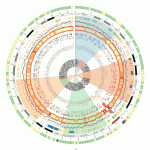
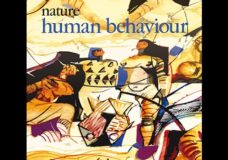
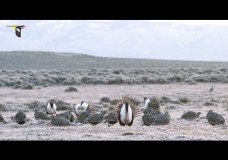
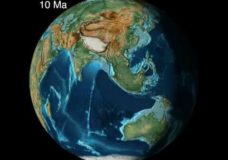
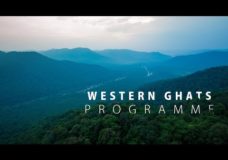
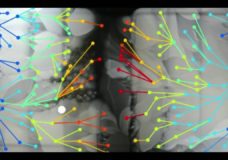
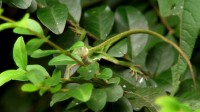
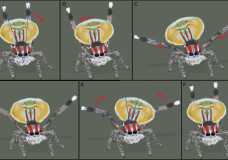
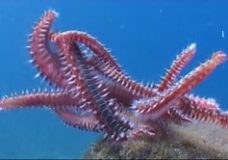
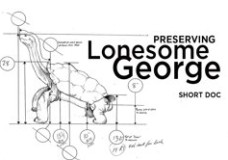
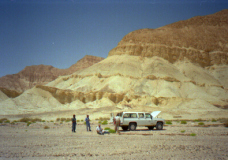

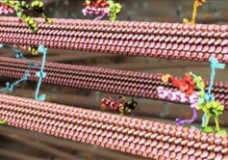
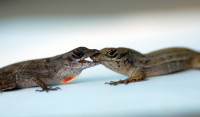
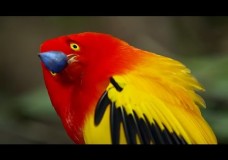

Recent Comments